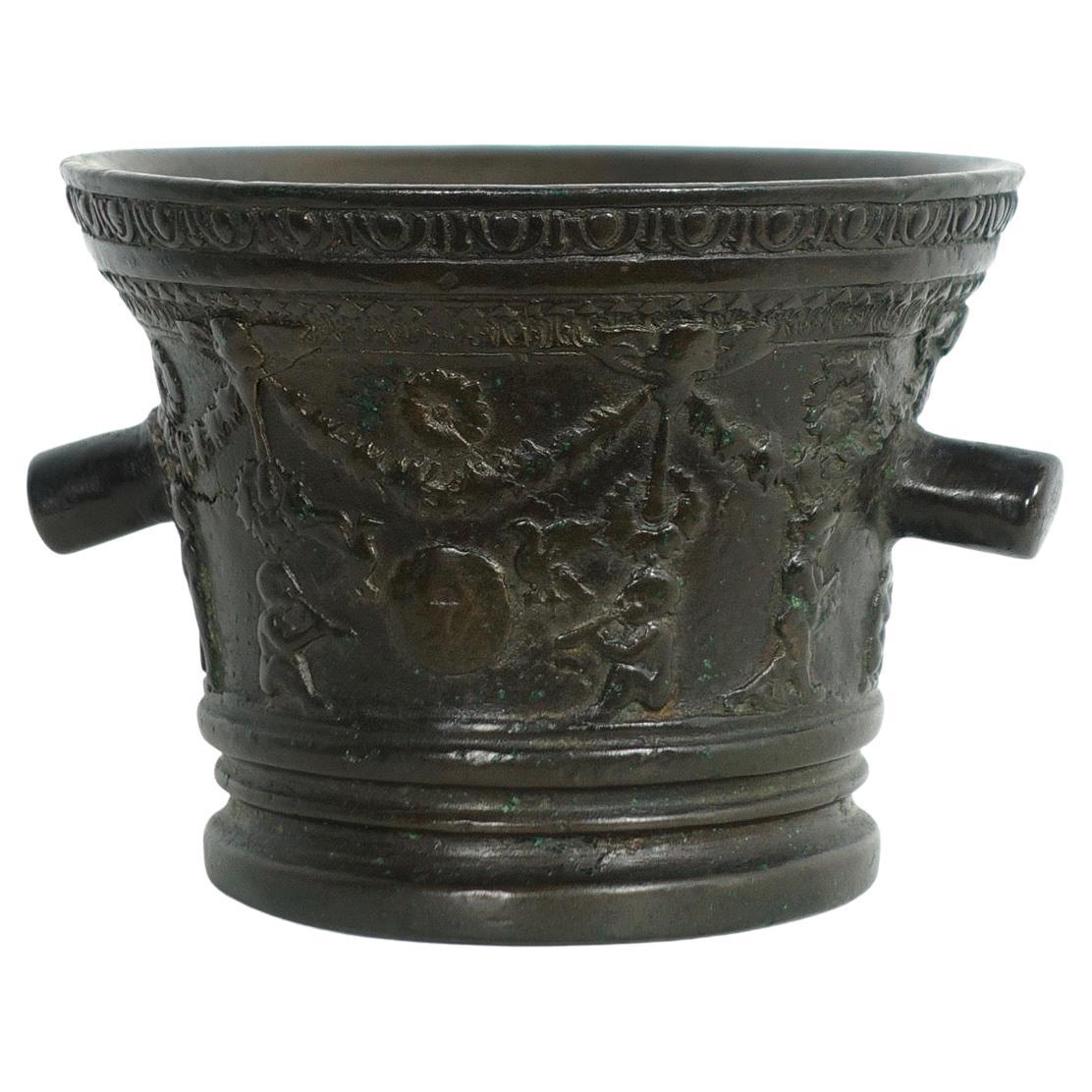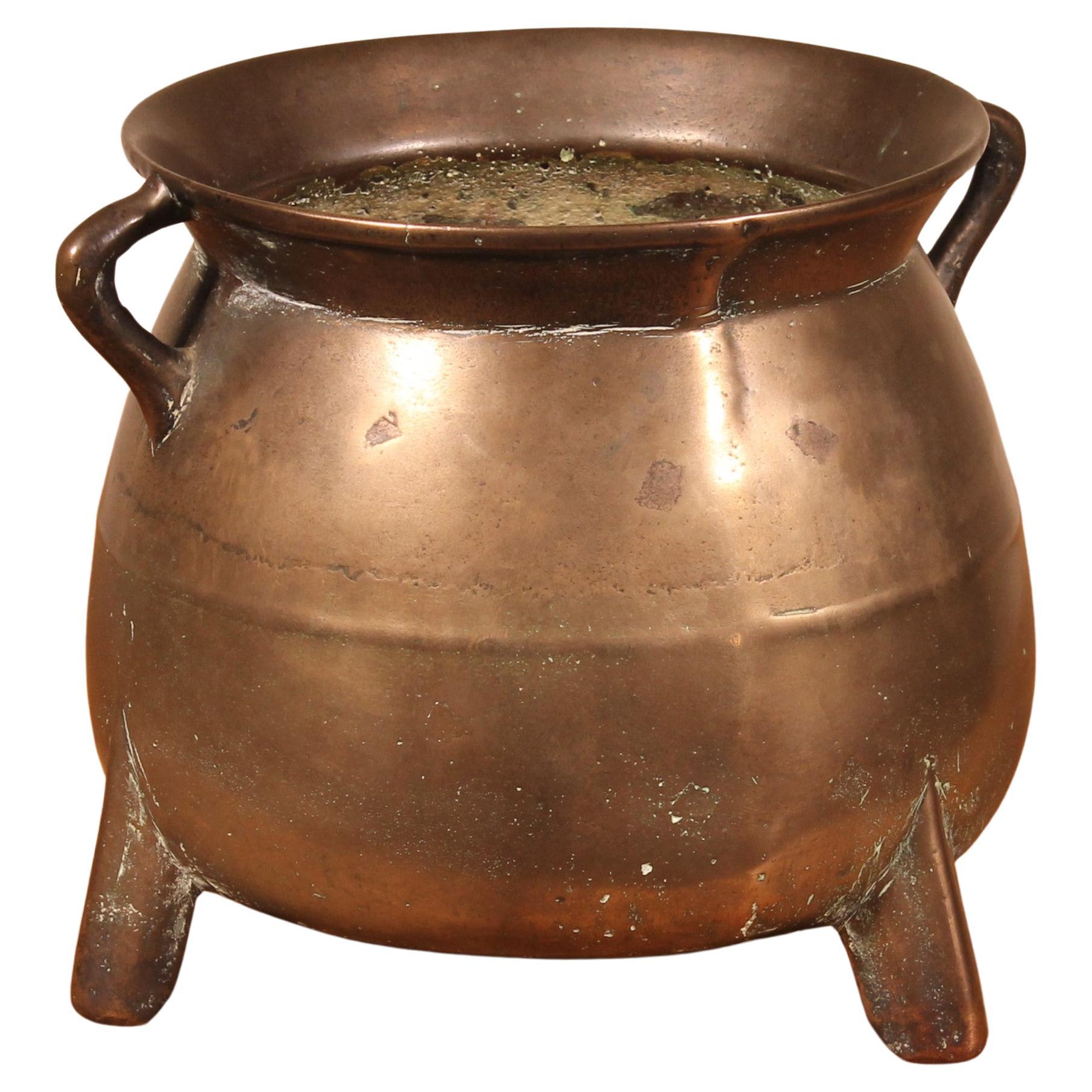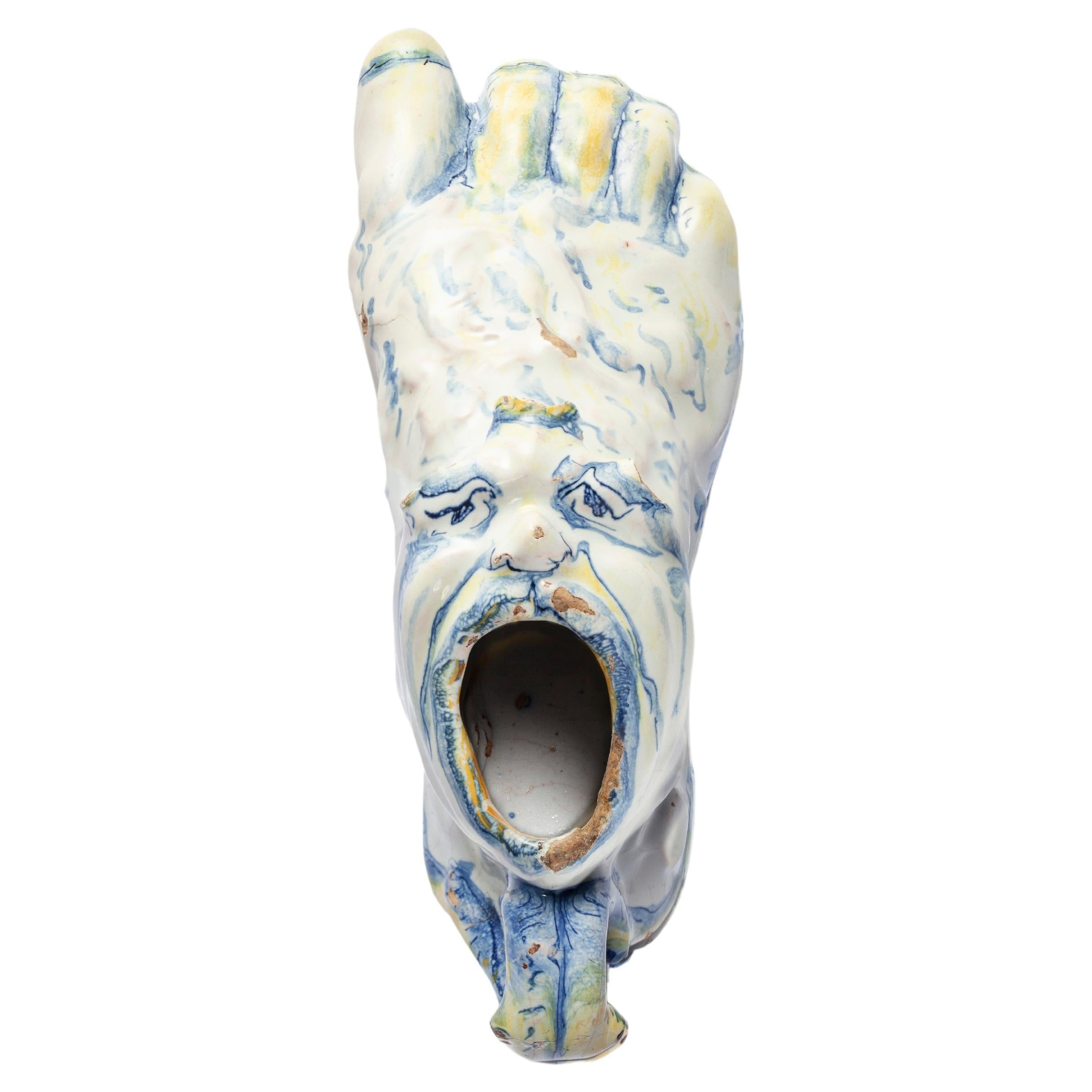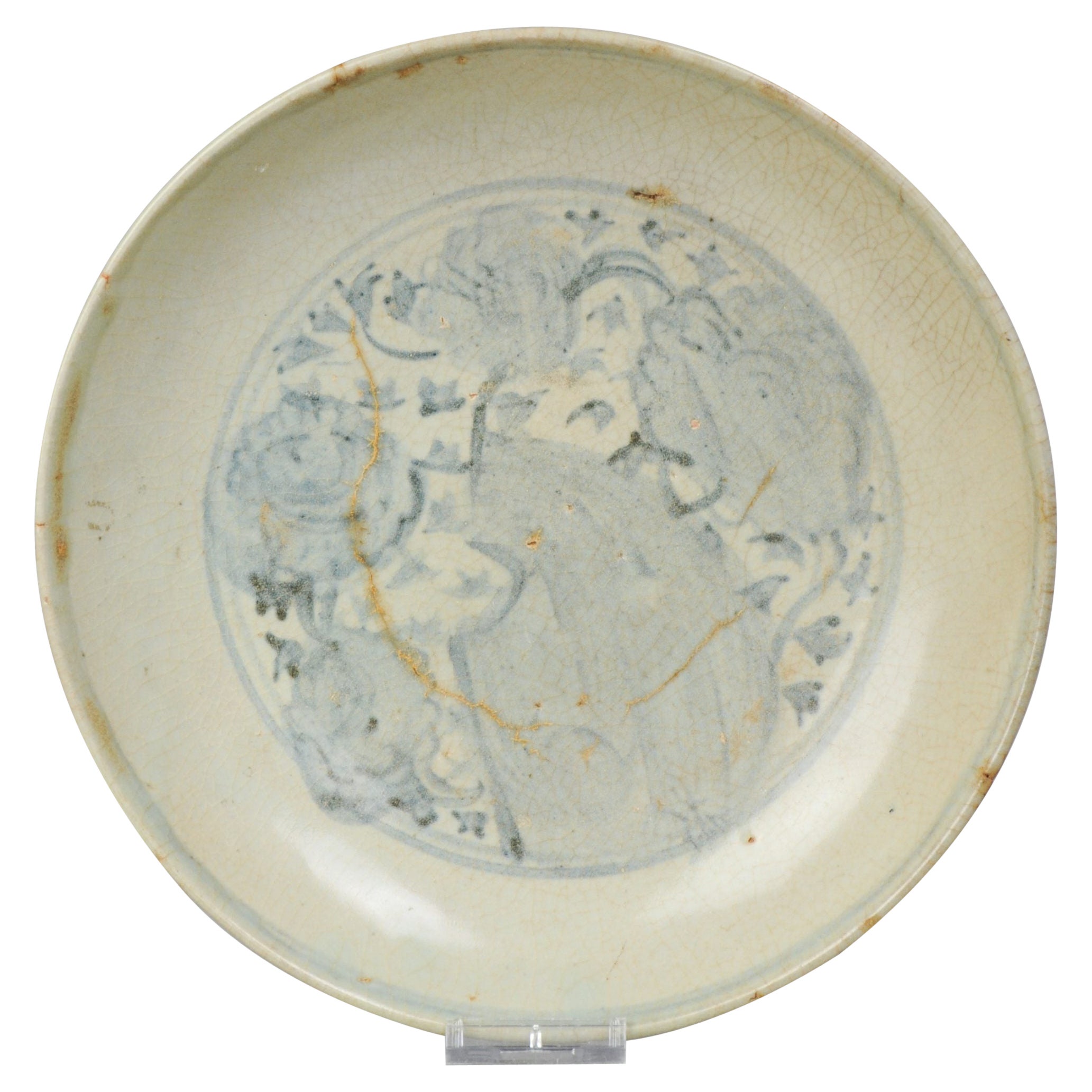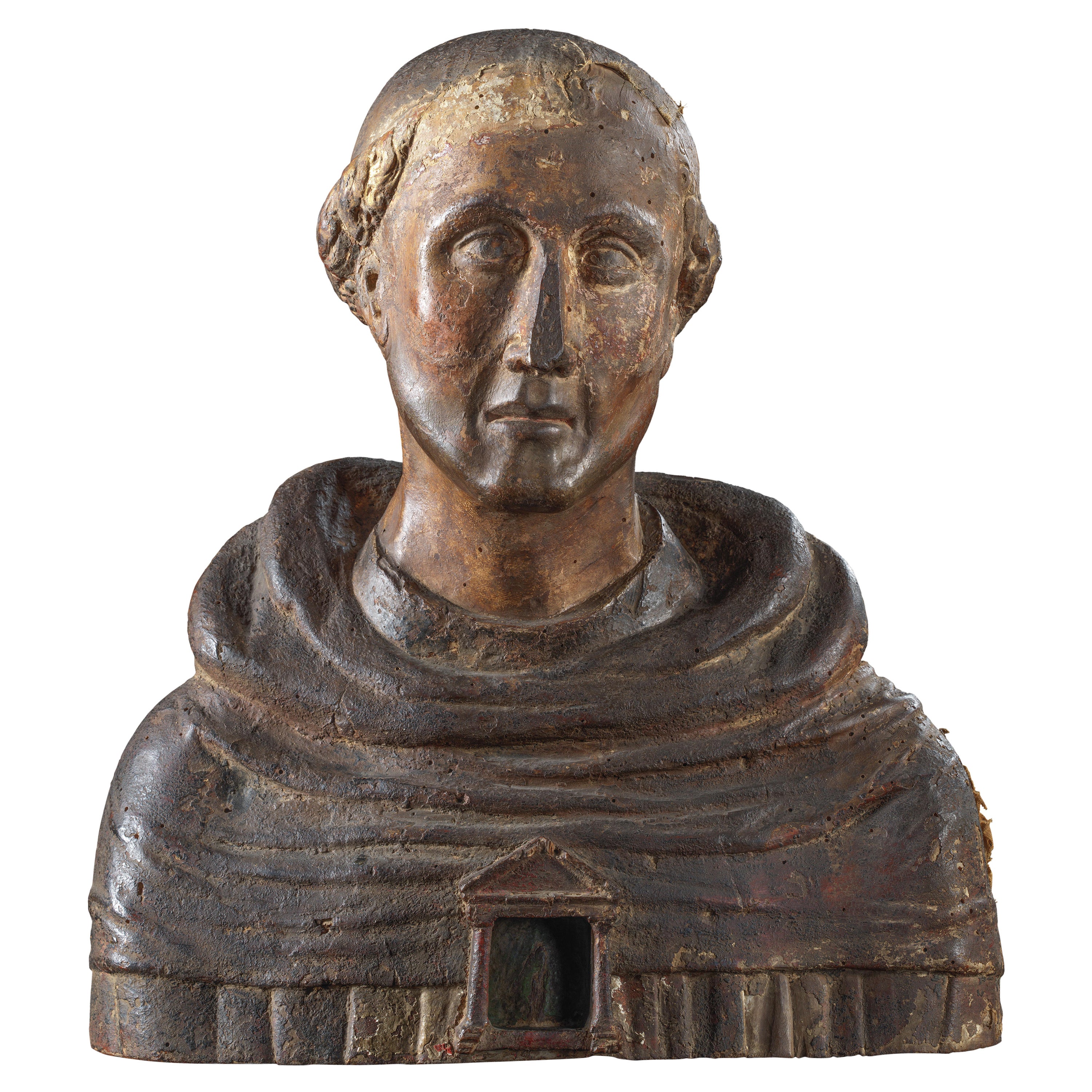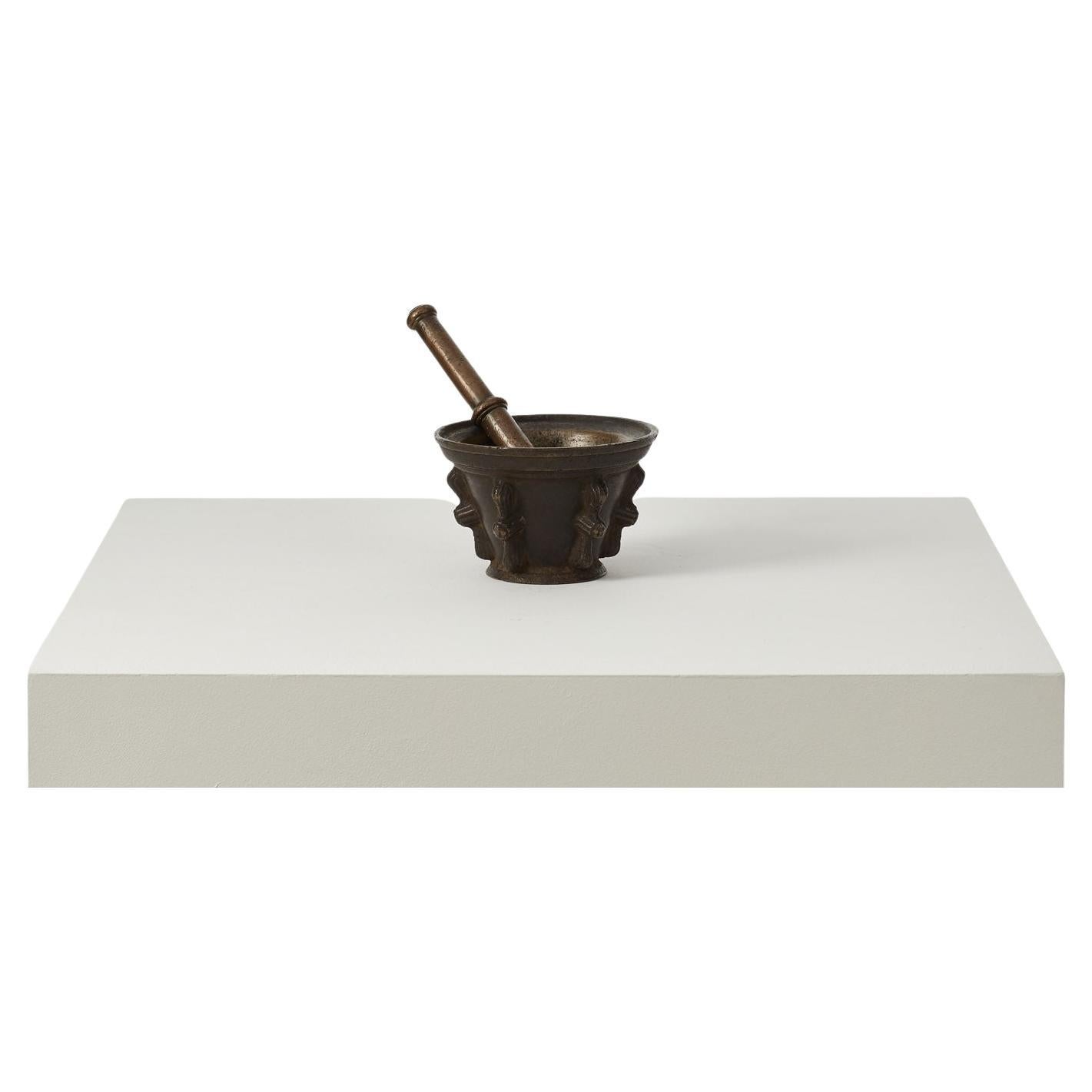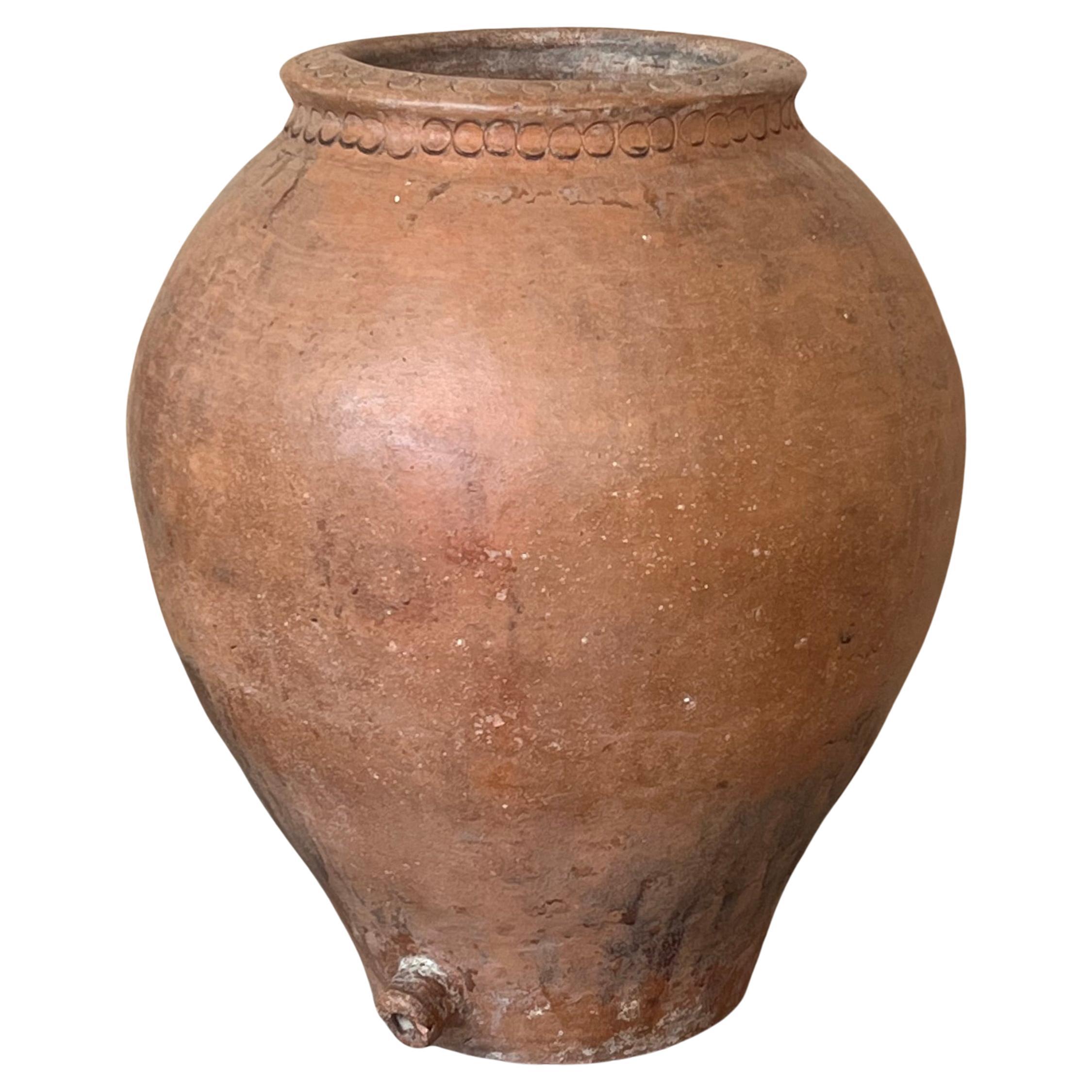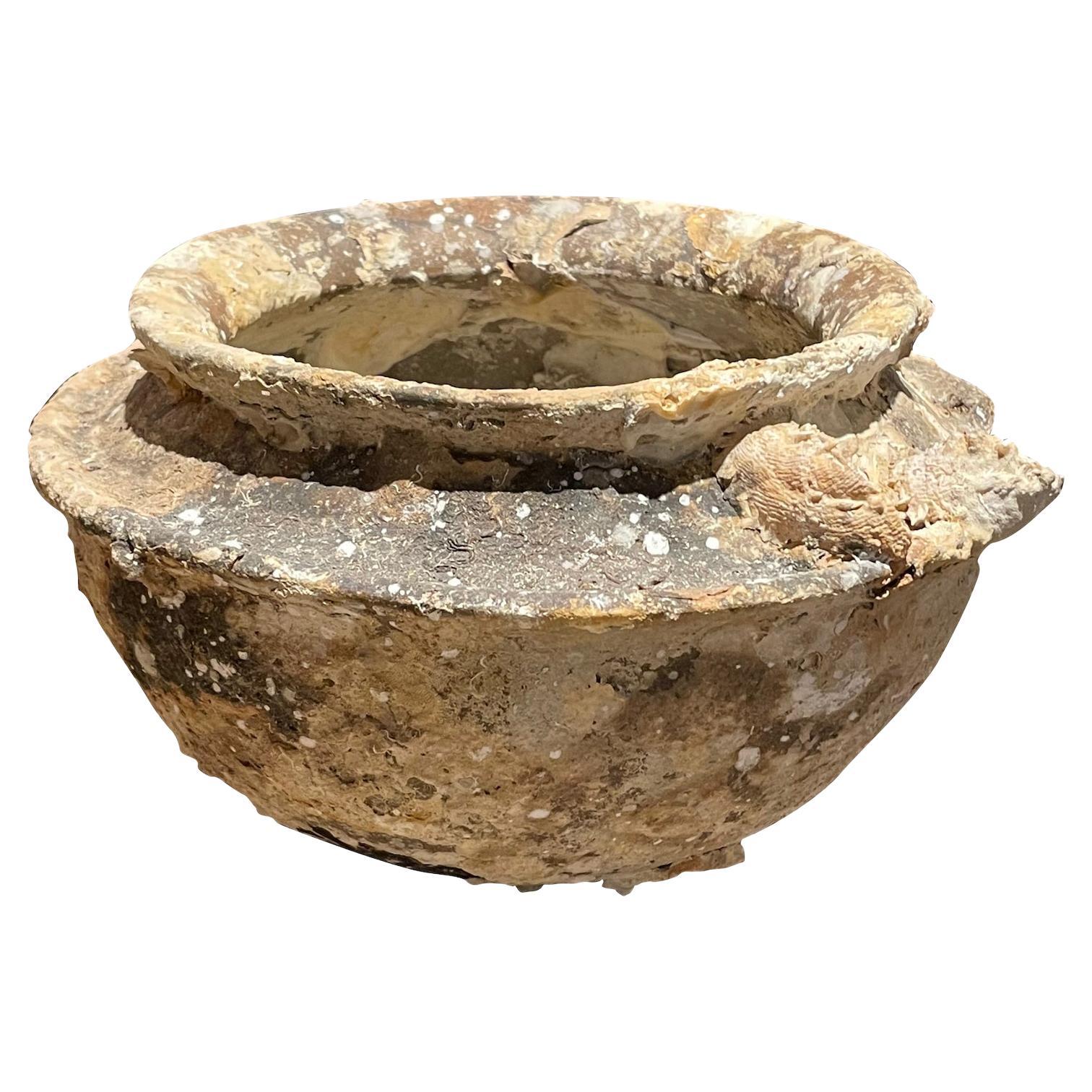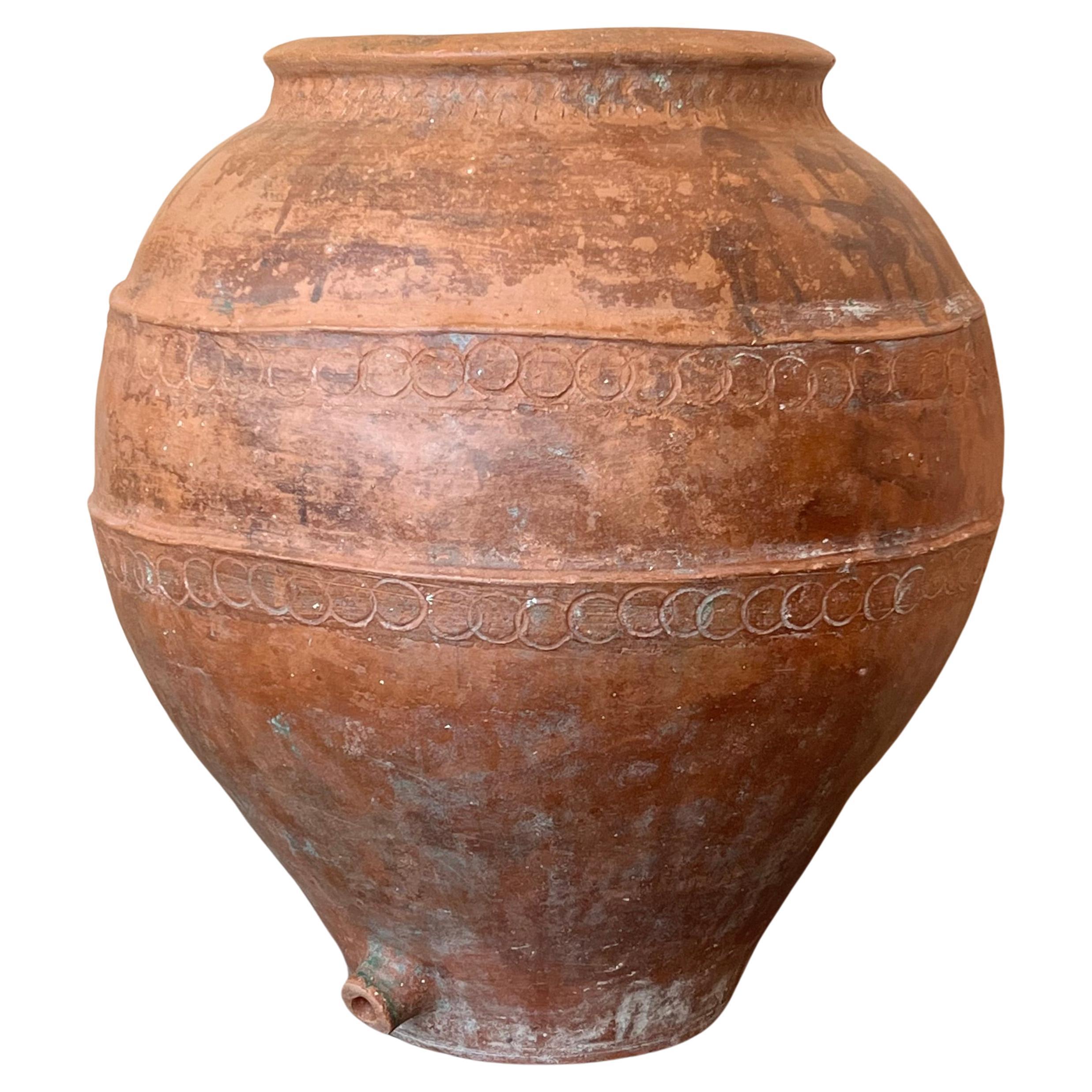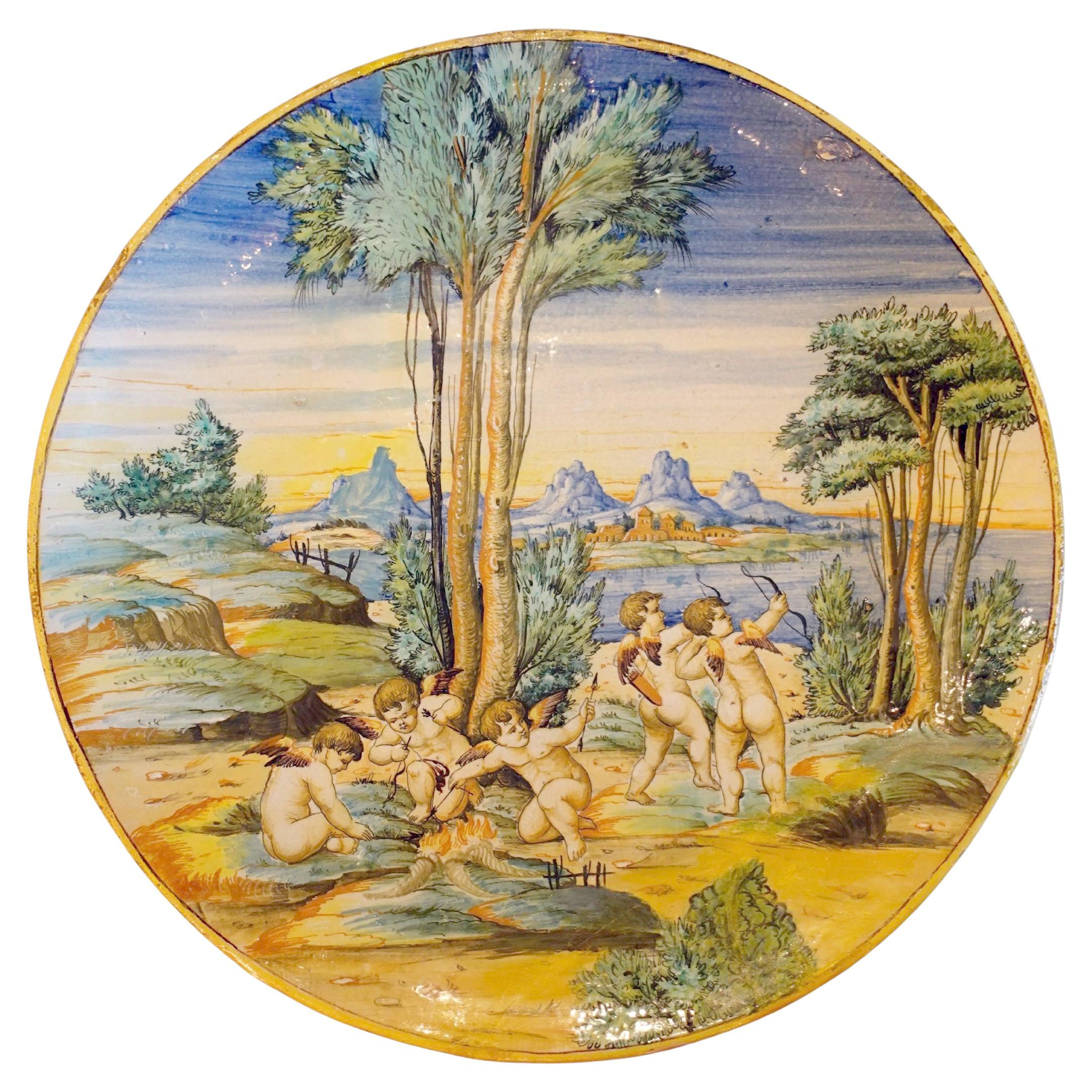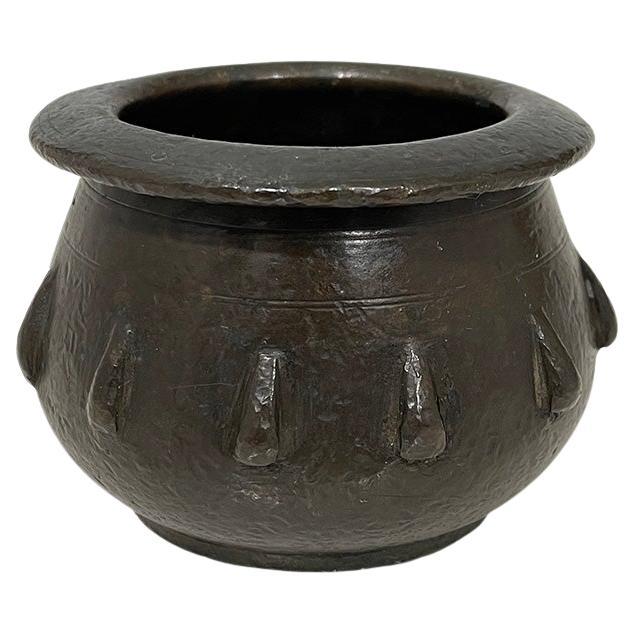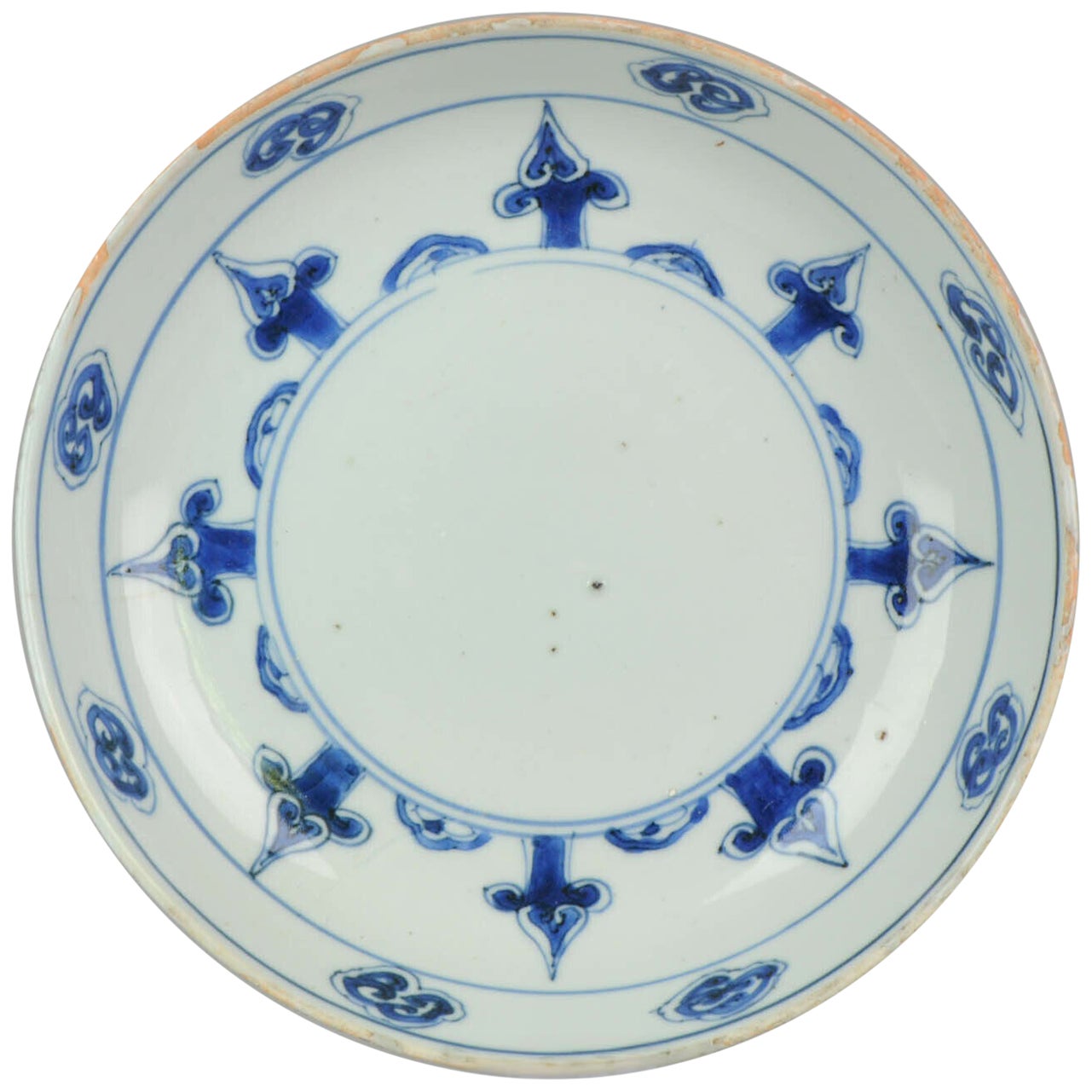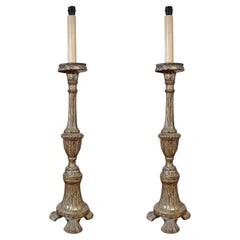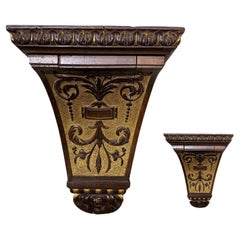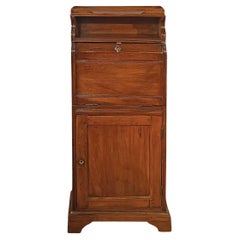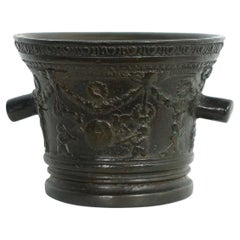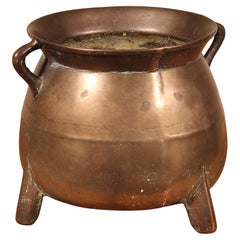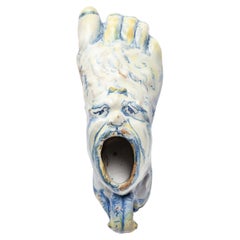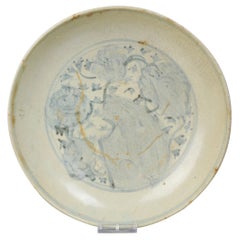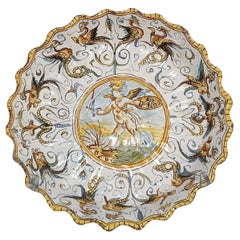
SECOND HALF OF THE 16th CENTURY POLYCHROME MAIOLICA PLATE
View Similar Items
Want more images or videos?
Request additional images or videos from the seller
1 of 12
SECOND HALF OF THE 16th CENTURY POLYCHROME MAIOLICA PLATE
Price:$1,358.67
$1,786.36List Price
About the Item
- Dimensions:Height: 9.06 in (23 cm)Diameter: 3.94 in (10 cm)
- Style:Renaissance (Of the Period)
- Materials and Techniques:
- Place of Origin:
- Period:
- Date of Manufacture:1550
- Condition:Wear consistent with age and use. We remind you that the authorization of the Fine Arts is required for export.
- Seller Location:Firenze, IT
- Reference Number:1stDibs: LU7189239608182
About the Seller
4.0
Vetted Professional Seller
Every seller passes strict standards for authenticity and reliability
1stDibs seller since 2022
32 sales on 1stDibs
Typical response time: 1 hour
Authenticity Guarantee
In the unlikely event there’s an issue with an item’s authenticity, contact us within 1 year for a full refund. DetailsMoney-Back Guarantee
If your item is not as described, is damaged in transit, or does not arrive, contact us within 7 days for a full refund. Details24-Hour Cancellation
You have a 24-hour grace period in which to reconsider your purchase, with no questions asked.Vetted Professional Sellers
Our world-class sellers must adhere to strict standards for service and quality, maintaining the integrity of our listings.Price-Match Guarantee
If you find that a seller listed the same item for a lower price elsewhere, we’ll match it.Trusted Global Delivery
Our best-in-class carrier network provides specialized shipping options worldwide, including custom delivery.More From This Seller
View AllSECOND HALF OF THE 18th CENTURY PAIR OF CANDELABRA
Located in Firenze, FI
A charming pair of candelabra in finely carved wood and finished with silver leaf. These candelabra are distinguished by their elegantly carved shaft, enriched with delicate grooves,...
Category
Antique Late 18th Century Italian Neoclassical Revival Candelabras
Materials
Silver Leaf
SECOND HALF OF THE 19th CENTURY PAIR OF SHELVES
Located in Firenze, FI
Elegant pair of shelves in solid walnut, carved and highlighted with pure gold leaf. The decoration presents a typically architectural style, with a frame adorned with floral buds an...
Category
Antique Late 19th Century Italian Shelves and Wall Cabinets
Materials
Gold Leaf
$2,481 / set
END OF THE 16th CENTURY WALNUT CHEST WITH GOLDEN CARVINGS
Located in Firenze, FI
Beautiful Renaissance walnut chest of drawers with small dimensions, characterized by carvings and panel decorations both on the drawers and on the sides. This piece of furniture is ...
Category
Antique 16th Century Italian Renaissance Dressers
Materials
Walnut
SECOND HALF OF THE 19th CENTURY SMALL STANDING DESK
Located in Firenze, FI
Elegant small piece of furniture in carved solid walnut, with a folding top for standing writing. This piece of furniture was created to be used as a vertical desk, the top opens wit...
Category
Antique Late 19th Century Italian Secretaires
Materials
Walnut
SECOND HALF OF THE 20th CENTURY PAINTING WITH FLOWERS
Located in Firenze, FI
Magnificent large oil painting on canvas, framed in a refined carved and gilded wooden frame. The work features a composition of various types of flowers, almost abstract, which stan...
Category
Late 20th Century Italian Paintings
Materials
Canvas, Giltwood, Paint
OPENING WRITING TABLE SECOND HALF OF THE 19th CENTURY
Located in Firenze, FI
Elegant writing table for the center entirely veneered in fruit wood. This refined piece of furniture stands out for its arched band and slightly curved legs, enriched by feet decora...
Category
Antique Late 19th Century Italian Desks
Materials
Fruitwood
You May Also Like
Bronze Mortar, Tuscany, Second Half of 16th Century
Located in Bruxelles, BE
Bronze mortar with garlands, flowers and putti - Tuscany , second half of 17th century.
Measures: height 10
diameter : 13 cm
Artisans and healers used mortars for grinding food...
Category
Antique 16th Century Italian Renaissance Scientific Instruments
Materials
Bronze
Bronze Pot, 16th Century
Located in Brussels, Brussels
Superb Flemish Renaissance bronze pot from the 16th century.
Superb patina and in very good condition.
Category
Antique 16th Century Belgian Renaissance Decorative Bowls
Materials
Bronze
$1,476
Renaissance Inkwell Calamelli workshop, Italy, Faenza, second half of the 16th
By Virgiliotto Calamelli
Located in Milano, IT
Inkwell
Calamelli workshop (attr.).
Faenza, second half of the 16th century
Height 4.33 in; length 8.07 in; depth 2.95 in (11 cm; 20.5 cm; 7.5 cm)
Weight: 0.800 lb (363 g)
State of conservation: some chipping to the top of the mask around the mouth. Handle glued, without any restorations; minor chips in some raised areas.
This object has the shape of a foot wearing Greek-style footwear, as can be seen in some raised areas. The foot is anatomically modeled with bare toes, while the ankle is partially covered by the footwear. On the heel, there is a small circular handle to support the object. The mouth of the container is shaped like a mask. The interior, completely enameled, suggests that the piece was intended to be used as an inkwell or to contain some other liquid. The base, however, is not enamelled.
The painted decoration, scant and brief, consists of rapid cobalt blue shading between the toes of the foot, with more precise emphasis on the nails. It is accompanied by yellow citrine accents to enhance the forms. The mask is painted with the tip of the brush, to accentuate the tense nature of the eyes and to accentuate their outline. Thin strokes of yellow-orange line the interior of the mouth.
Since the Renaissance, this decoration has been referred to as "compendiaria" and it characterizes the period of production extending from the mid-16th century to approximately the middle of the following century. It significantly influenced tastes at the time. It evolved from the polychrome style "istoriato" and transformed into a new style that "summarized" (compendia), or condensed, the ornamentation of the works into a few colors, placing greater prominence on the shapes. It was often inspired by metal specimens. Since the Renaissance, this decoration has been referred to as "compendiaria" and it characterizes the period of production extending from the mid-16th century to approximately the middle of the following century. It significantly influenced tastes at the time. It evolved from the polychrome style "istoriato" and transformed into a new style that "summarized" (compendia), or condensed, the ornamentation of the works into a few colors, placing greater prominence on the shapes. It was often inspired by metal specimens.
This artwork finds parallels in similar objects all characterized by this refined style and produced in the city of Faenza and other Italian centers starting from the mid-16th century.
The closest comparable example in majolica is a foot acquired by the British Museum in 2011 (inv. 2011, 8008.1). This was previously published by Carmen Ravanelli Guidotti in 1996 and later by Dora Thornton in 2016 during the conference on Renaissance ceramics...
Category
Antique 16th Century Italian Renaissance Inkwells
Materials
Maiolica
Antique Chinese Hongzhi Zhengde Plate Porcelain, 15th/16th Century
Located in Amsterdam, Noord Holland
A very nicely decorated plate from the 15th/16th century. The dish is beautifully designed with flowers.
Additional information:
Material: Porcelain & Pottery
Region of Origin: Chin...
Category
Antique 15th Century and Earlier Chinese Decorative Dishes and Vide-Poche
Materials
Porcelain
$754 Sale Price
20% Off
16th Century Polychrome Reliquary of a Monk
Located in Saint-Ouen, FR
The monk is depicted with an oval face, marked with high and strong cheekbones, sunken cheeks, strong jawbones and a cleft chin. His almond shaped eyes are opened under very strong a...
Category
Antique 16th Century Italian Renaissance Busts
Materials
Wood
Bronze mortar - Italy, 16th century
Located in London, GB
Mortars are an ancient culinary tool, described as indispensable to the preparation of food and medicines in texts like the Egyptian Ebers Papyrus, dating from 1550 BC, and the writi...
Category
Antique 16th Century Spanish Gothic Decorative Bowls
Materials
Bronze
Recently Viewed
View AllMore Ways To Browse
Faenza Majolica
Renaissance Maiolica
16th Century Maiolica
16th Century Italian Majolica
16th Century Renaissance Italy Majolica
Annemarie Davidson Enamels
Green Wedgwood Jewelry
Owl Dish
Bronze Soap Dish
Gucci Catchall
Salvador Vidal
Travertine Catchall
Vidal Angel
Chinese Sweetmeat Dishes
Hong Kong Hand Painted Bowl
Perignem On Sale
Saara Enamel
Swedish Wooden Folk Art Plates
